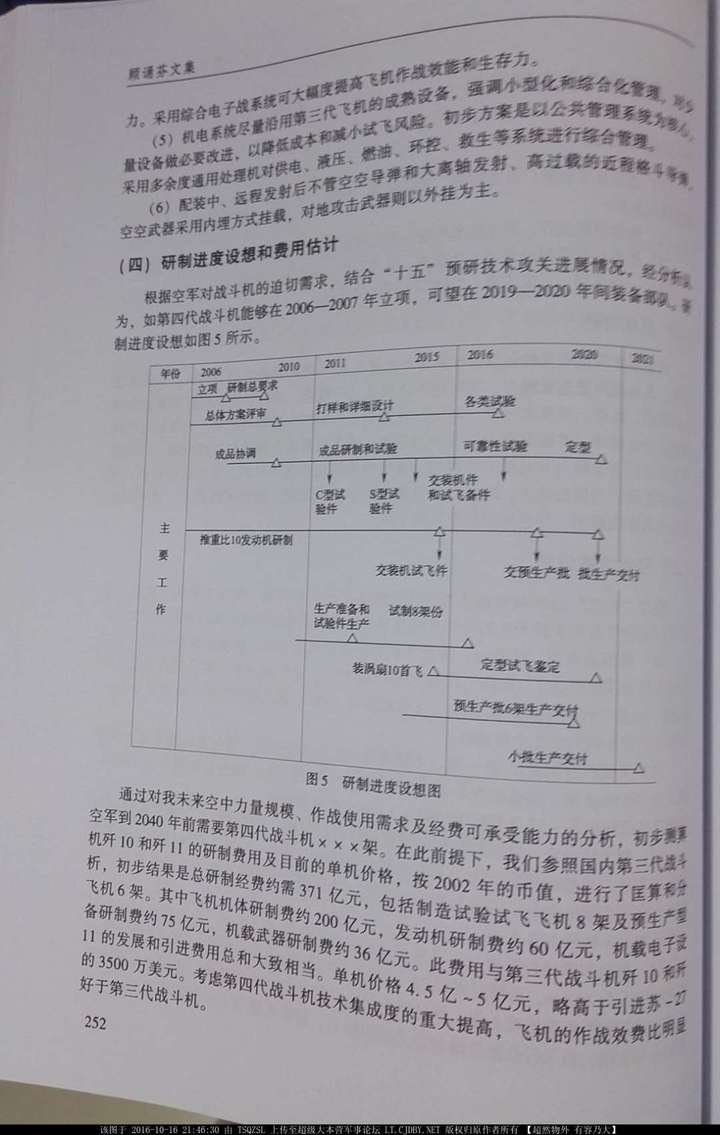i'm not even sure this is for J-20, more like Gu's idea on what PLAAF is expecting on the 4th gen fighter back then, more likely to be the design spec estimation from SAC, i.e. the 雪鸮, or even not that, as this book was pretty old, should be even ealier than the project 718...@siegecrossbow,
As I promised to post the source of J-20's lift coefficient value, the source is 顾诵芬《我国战斗机发展战略研究》
View attachment 96648
4th gen fighter utilize high lift, low drag, high stealthy design. According to pre-study result, the maximum lift coefficient value of fourth gen aircraft is targeted at 2, 30% higher than 3rd gen fighters.
Just note, this is probably referring to pre-prototype J-20 (with underbelly intake) discussed in the paper that I quoted in earlier posts. The final figures of J-20 may be different. However, we have heard of figure more than 2.
I am really curious about F-22 and F-16's figures.
you can see it clear on the RCS spec requirement, and that's why SAC lost on the project 718 bid

